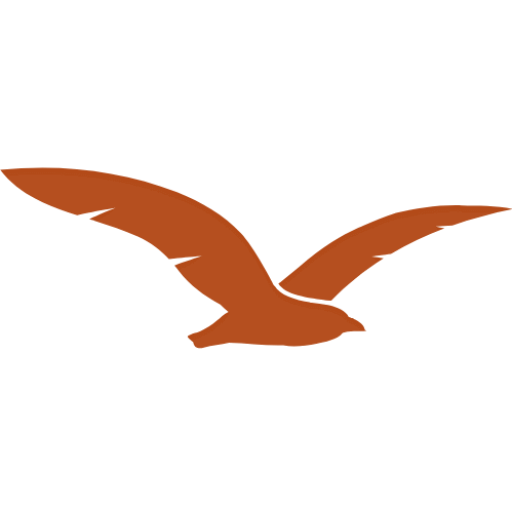During my tours as a birding guide in Merzouga, I always see the Egyptian nightjar (Caprimulgus aegyptius) is a night bird that lives in southwest Africa’s deserts and semi-deserts including the countries of Egypt, Morocco, Libya, and Sudan. It has a medium size with a length of approximately 25 cm a wingspan of up to 55cm and mottled brown plumage, his eyes are black and large which makes it able to the night vision.

The Reason Of Why It is Called Nightjar:
This Egyptian nightjar Caprimulgus name refers to its native desert and semi-desert habitat in North Africa and Egypt exactly, and the origin of this name at that time was called by the Athenian “Aegyptius”. And called “Nightjar” because of his activity at night The opposite of day which means “Night” and “Jar” means “jarring noise” because It makes strange and wondrous sounds at night.
The Sound Of Nightjar Bird:
When I was with a group of European ornithologists was on an expedition to birds in Africa, we encountered this bird, and we heard its voice before seeing it. They thought it was a ghost or a strange creature. When they saw it, they were shocked that it was a small bird which is like a series of loud, melodious trills and they describe it it’s like a flute or a lute and sometimes it looks like chuckles and whistles, each one still some seconds and these sounds the male uses it to attracts the female’s attention to mate her. This means the male is alone and needs a female, he expresses how he feels alone.
The Nightjar Known For:
the nightjars are a group of birds that belong to the Caprimulgidae family which is known for their unique adaptation making them able to hunt and feed at night more than during the day. and the color of their plumage makes them go incognito and align with the Earth during the day.
It also has a unique nocturnal habit, its name is referred to as Its night activities he chooses a night to look for feeds because the night is calm and they have a keen hearing to locate the little prey and insects, also they have a large mouth to capture the preys easily.
Another thing that makes this bird distinct that is puts its eggs on the earth directly without any nesting material to protect the eggs which make him vulnerable to other animals such as snakes and others. But the camouflage and its color make it blend in with the color of the earth, this might protect it a little.
The Reason For The Recent Disappearance of The Nightjar:
As we know nightjars live in desert areas and feed on insects Some desert plants, and deserts have recently been dried because there is no water and rain, so there aren’t insects and plants to feed on them.
Hunting also can be one of the reasons that can affect nightjar continuity because the proportion of reproduction in Nightjar is very few and bright and if we add hunting, really will be completely extinct.
The Lifespan of Nightjars:
Other Name For Egyptian Nightjar:
Similar bird species to the Egyptian Nightjar
I have seen in all of my birding tours in Morocco and out of Morocco a lot of birds that look like Egyptian Nightjar but each one lives in a different climate and habitat such as Sykes’s Nightjars, Spotted nightjar, Solomons nightjar, European Nightjar, Nubian Nightjar.
They belong to Nightjar family and they have the same physical characteristics and behavior but they live in different places and climates as I already mentioned.

